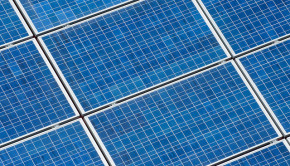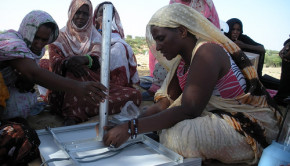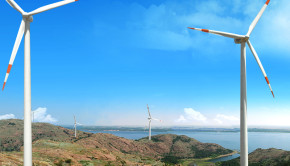India Eyes $100 Billion Investment In Renewable Energy
November 9th, 2014 by Smiti Mittal
The new Indian government is taking serious initiatives to boost the power sector, which is in dire need of financial and structural reforms. A large number of these reforms will be implemented in the renewable energy sector.
India’s minister for coal, power, and renewable energy last week announced that his government would push for an unprecedented $100 billion investment in the renewable energy sector over the next few years. With this plan, he also announced seemingly impossible solar energy capacity addition targets for the next five years.
Piyush Goyal announced that the government has increased the solar power capacity addition target to 100 GW by 2019 compared to the previous 22 GW installed capacity target by 2022. Prime Minister Modi has promised to enhance the solar energy target under the National Solar Mission during his election campaign but this new target is extremely ambitious, and seems virtually impossible to achieve.
Goyal also announced the target to double install wind power capacity to 40 GW by 2019. The target would be part of the National Wind Energy Mission expected to be launched soon. Wind energy companies across the country are upbeat, as two important financial incentives are now available to project developers. The government is planning to open up the offshore wind energy capacity to companies and also promote states with relatively lower wind energy resources as new markets.
The Indian government is hoping to get significant foreign investment into the renewable energy sector, and the power sector as a whole. The Ministry of New and Renewable Energy (MNRE) will organise India’s first global renewable energy investors summit in February next year. The government hopes to secure investment worth billions of dollars from international companies during the summit.
Keep up to date with all the hottest cleantech news by subscribing to our (free) cleantech newsletter, or keep an eye on sector-specific news by getting our (also free) solar energy newsletter, electric vehicle newsletter, or wind energy newsletter.
-
http://www.tarkovacs-systems.com/ Tarkovacs Stefan
-
be solar energy
-
Matt
-
Stefano Tapper
-
JamesWimberley
-
Stefano Tapper
-
-
-
-
Ronald Brakels
-
JamesWimberley
-
Ronald Brakels
-
Mint
-
Ronald Brakels
-
Ronald Brakels
-
-
-
Viki Kr
-
Bob_Wallace
-
-
-

























